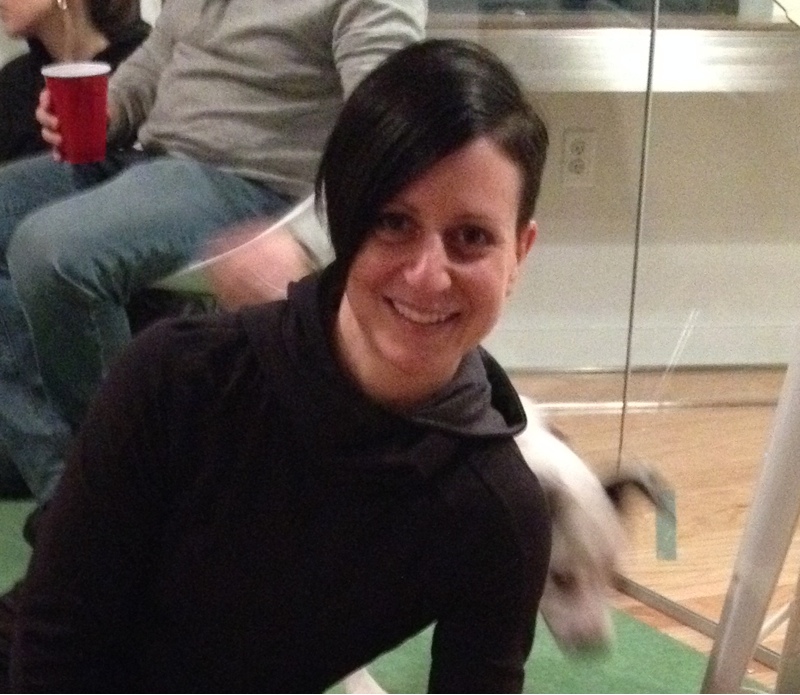How Does a Wasp Become Queen?

For wasps, the path to royalty starts at birth.
In some wasp species, such as yellow jackets, the queen actually looks different from her worker siblings. She's about 0.25 inches (0.64 centimeters) longer than the worker wasps and is raised in a different part of the nest. (In all species of wasps, the queen reproduces while the workers take care of the family business, gathering food and tending to the hive.)
This difference in size between queens and workers is the norm for most advanced social insects, including ants and honeybees.
But for one type of wasp, paper wasps, all individuals in the community look alike at birth. The traditional way to tell the social status of a paper wasp is based in part on the reproductive state of the wasp larvae workers are born with their reproductive genes turned off, while queens had their genes turned on. New research, however, has turned this paradigm on its head.
The sterile workers/reproductive queens paradigm that has dominated the discipline is incorrect, said James Hunt, visiting professor at North Carolina State University and the lead study researcher. Instead, workers are born ready to reproduce while potential queens are born with their baby-making parts in the off mode.
This is wonderfully counter-intuitive, and it sets the foundation for why workers work, Hunt said. Workers' work is maternal care, which requires activated reproductive physiology in every way but two: Workers don't lay the eggs, and they care for offspring [that are] not their own.
The study researchers selected two sets of female larvae workers and potential queens and measured the expression level of certain genes known to be associated with reproductive states in other insect species. The results showed genes for reproducing were expressed at higher levels in the worker wasps than in the queens, while those related to a delay in fertility (for example, temporary sterility) showed up more in queens than workers.
Sign up for the Live Science daily newsletter now
Get the world’s most fascinating discoveries delivered straight to your inbox.
Of course, these gene expression patterns must change the next season so that the queen can reproduce. The researchers found that the potential queens had higher levels of a group of proteins that help them survive the winter season so they can reproduce the following year.
The results, detailed in the May 17 issue of the journal PLoS ONE, have broader implications beyond their help in understanding the paper wasp caste system, Hunt said.
Scientists previously believed not only that worker wasps have their reproductive systems turned off, but that they chose to become workers out of altruism. The concept of altruistic behavior in species other than mammals was popularized by Edward O. Wilson father of biodiversity in the 1970s.
Our work can be interpreted as showing that the workers are not altruistic, Hunt told Life's Little Mysteries, pointing out that this is his own interpretation and not necessarily that of his research colleagues.
Got a question? Email it to Life's Little Mysteries and we'll try to answer it. Due to the volume of questions, we unfortunately can't reply individually, but we will publish answers to the most intriguing questions, so check back soon.











